AI Revolution Accelerates: DeepMind's Fusion Breakthrough, Microsoft's Copilot Integration, and the Enterprise AI Race
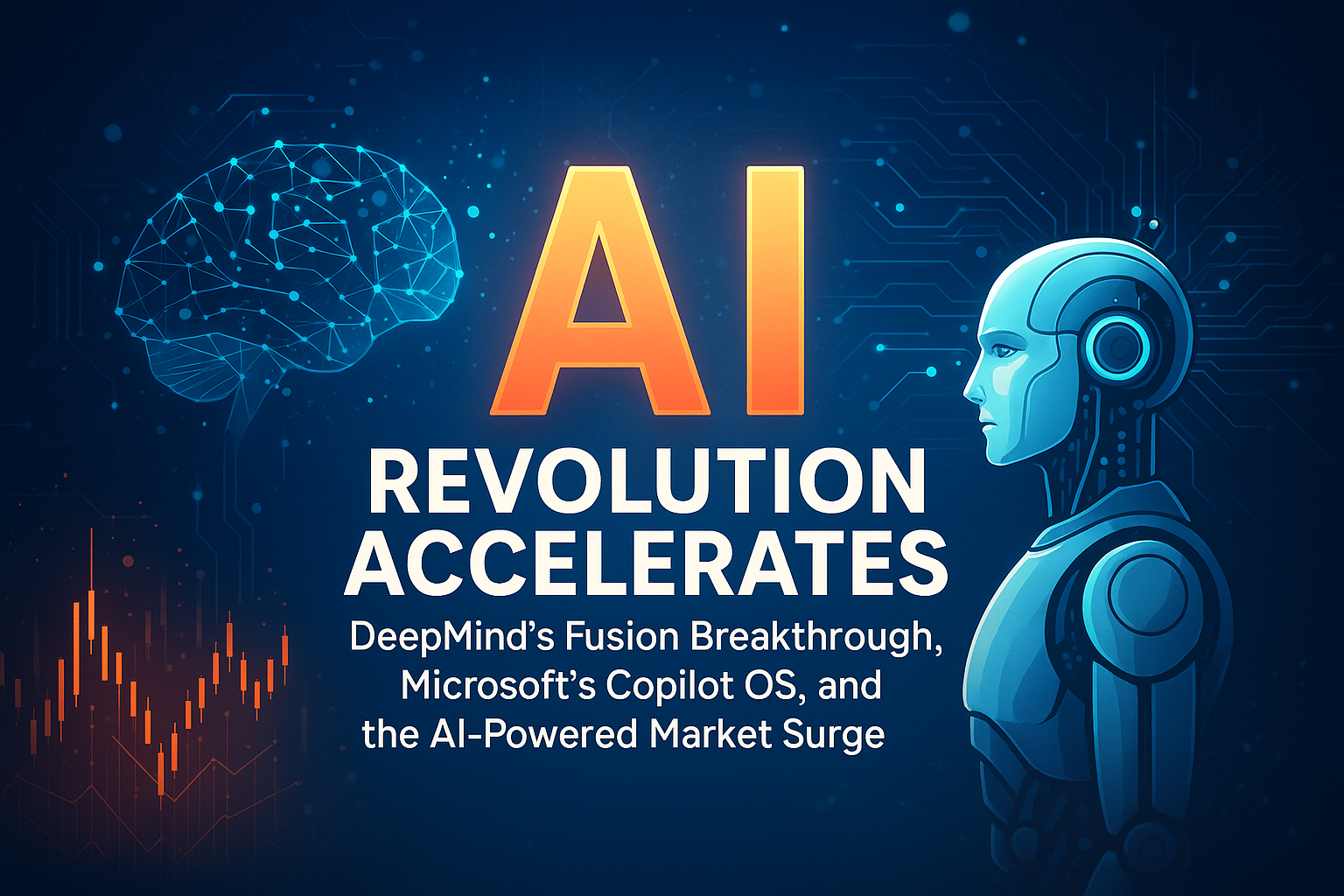
The AI revolution is here, transforming industries and daily life, but navigating its complexities is key to unlocking its full potential. Understanding global AI trends will give you the strategic foresight to capitalize on emerging opportunities and mitigate risks, such as learning to leverage AI tools for increased efficiency.
AI's Expanding Footprint: A Global Overview
The relentless march of artificial intelligence continues to reshape our world, embedding itself ever deeper into the fabric of our daily lives and the global economy. From revolutionizing enterprise computing to optimizing energy consumption, influencing governance strategies, and powering the next generation of consumer hardware, AI adoption is no longer a future prospect—it's the defining characteristic of our present.
AI Integration Across Industries
We're witnessing an unprecedented surge in AI integration across diverse sectors. In enterprise computing, AI tools are streamlining workflows, automating repetitive tasks, and providing data-driven insights that were previously unattainable. Microsoft's deepening Microsoft Copilot integration, for example, exemplifies this trend, promising to infuse AI-powered assistance into every aspect of the modern workplace. Simultaneously, the energy sector is leveraging AI to optimize grid management, predict energy demand, and accelerate the transition to renewable sources. AI algorithms can analyze vast datasets to identify inefficiencies, predict equipment failures, and optimize energy distribution, leading to significant cost savings and environmental benefits.
Governance is also undergoing a transformation, with AI assisting in policy making, resource allocation, and public service delivery. AI-powered systems can analyze complex social and economic data to inform policy decisions, predict potential crises, and optimize the allocation of public resources. Even the consumer hardware landscape is being reimagined through AI, with devices becoming smarter, more personalized, and more responsive to our needs. AI-powered virtual assistants, personalized recommendations, and adaptive interfaces are becoming increasingly commonplace, enhancing the user experience and driving adoption.
A Pivotal Moment in Global Technology

The current period, particularly as we look at developments leading up to October 17, 2025, represents a watershed moment in the global technology landscape. The convergence of several key factors—including breakthroughs in AI research, the increasing availability of data, and the rapid advancements in computing power—has created a perfect storm of innovation. This has resulted in an exponential growth in AI capabilities and a corresponding acceleration in its adoption across industries. We are entering an era where AI is not just a tool, but a fundamental building block of the global economy.
Navigating the Global AI Trends
Understanding global AI trends is crucial for businesses, policymakers, and individuals alike. The rise of AI is not a uniform phenomenon; it's unfolding differently across various regions and industries, shaped by local factors, regulatory frameworks, and competitive landscapes. Keeping abreast of these trends is essential for making informed decisions, mitigating potential risks, and capitalizing on emerging opportunities. Consider exploring our AI News section to remain informed about these ever-changing trends.
The present moment marks a critical juncture in the AI revolution, demanding a proactive and informed approach to navigate its complexities and harness its transformative potential.
As AI in enterprise and other sectors continues its expansion, the need for strategic foresight and adaptive strategies becomes paramount. The ability to anticipate and respond to the evolving AI landscape will be a key determinant of success in the years to come, requiring a commitment to continuous learning, collaboration, and responsible innovation. The next section will delve into the specific advancements that are driving this revolution, starting with the groundbreaking fusion breakthrough at DeepMind.
Fusion Energy Breakthrough and AI-Powered Productivity
The convergence of artificial intelligence with seemingly disparate fields like energy and operating systems is rapidly accelerating, promising profound changes in how we live and work. Two recent developments – Google DeepMind's foray into fusion energy optimization and Microsoft's deep integration of Microsoft Copilot into Windows 11 – vividly illustrate this trend.
DeepMind's AI and the Quest for Fusion Energy
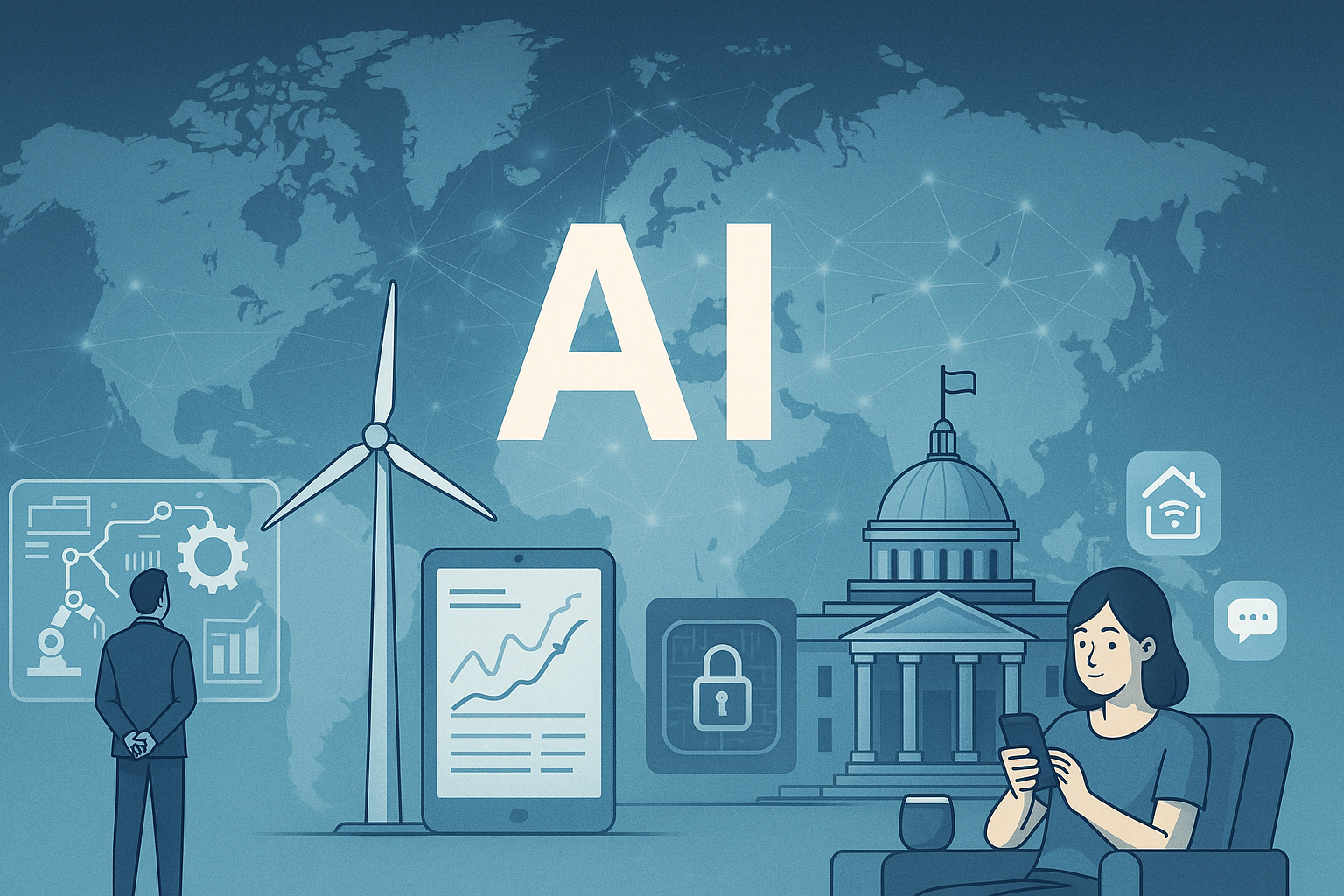
Google's DeepMind, renowned for its AI breakthroughs in areas like game playing and protein folding, has set its sights on a far more ambitious goal: optimizing fusion energy. Fusion, the process that powers the sun, holds the potential for virtually limitless, clean energy. However, achieving sustained and efficient fusion on Earth has been a decades-long challenge. DeepMind's initiative leverages machine learning algorithms to make real-time predictions and adjustments within fusion reactors. Imagine AI as the ultimate control system, constantly tweaking parameters to maintain the delicate balance needed for fusion to occur. This could dramatically accelerate the development of practical, renewable energy sources, potentially revolutionizing our energy landscape and mitigating the effects of climate change. This is where the true potential of AI lies – solving complex global challenges.
Copilot in Windows 11: AI as a Core OS Feature
On the software front, Microsoft is embedding Microsoft Copilot directly into the heart of Windows 11. This isn't just a simple app integration; it's a fundamental shift in how we interact with our operating systems. Copilot aims to enhance productivity by providing AI-powered assistance within core OS workflows. Need to summarize a document? Copilot can do that. Want to quickly generate an email draft? Copilot is at your service. This move signals AI's normalization as a core component of our digital lives. As AI tools become more integrated into our daily routines, we can expect a significant shift in how we approach everyday tasks. It’s like having a digital assistant seamlessly woven into the fabric of your computer.
These seemingly separate advancements – one tackling a grand challenge in energy, the other enhancing everyday productivity – underscore a unified narrative: AI is no longer a futuristic concept; it's a present-day reality reshaping industries and individual lives alike. As these trends continue, understanding and leveraging AI tools will become increasingly crucial for individuals and organizations seeking to thrive in this new era. For more information, check out our AI News section.
Red Hat's Enterprise AI Platform: Operationalizing AI at Scale
The AI revolution isn't just about flashy demos anymore; it's about getting AI to work, reliably and at scale, within the complex environments of modern enterprises. Red Hat, a company synonymous with open-source solutions for the hybrid cloud, is making a significant push in this direction with its latest offering. This highlights the increasing importance of platforms that facilitate the transition from AI hype to tangible business value.
Red Hat AI 3: AI Inference, Distributed
Red Hat has officially launched Red Hat AI 3, marking a significant step towards operationalizing AI. This platform is specifically designed for distributed inference of large language models (LLMs). Think of it as a way to take the brainpower of AI models and spread it across your existing IT infrastructure, whether it's in your data center, in the cloud, or even at the edge. This distributed approach is crucial because it allows companies to process AI requests closer to the data source, reducing latency and improving overall performance. Moreover, Red Hat AI 3 is designed to function seamlessly in hybrid cloud environments, giving businesses the flexibility to deploy AI models where they make the most sense for their specific needs. This avoids vendor lock-in and ensures compatibility across diverse IT landscapes.
Bringing Agentic AI to Production
One of the most exciting aspects of Red Hat AI 3 is its focus on bringing agentic AI closer to production. Agentic AI refers to AI systems that can autonomously perform tasks, make decisions, and interact with the world. Imagine AI-powered customer service bots that can resolve issues without human intervention, or AI-driven supply chain management systems that can optimize logistics in real-time. Red Hat AI 3 provides the infrastructure and tools necessary to deploy and manage these sophisticated AI agents, making them a practical reality for businesses. This involves robust monitoring, security features, and the ability to scale AI applications as demand grows. The move towards agentic AI showcases the evolving needs of businesses seeking more than just data analysis; they want proactive, intelligent systems that can drive automation and efficiency.
From Experimentation to Operationalization
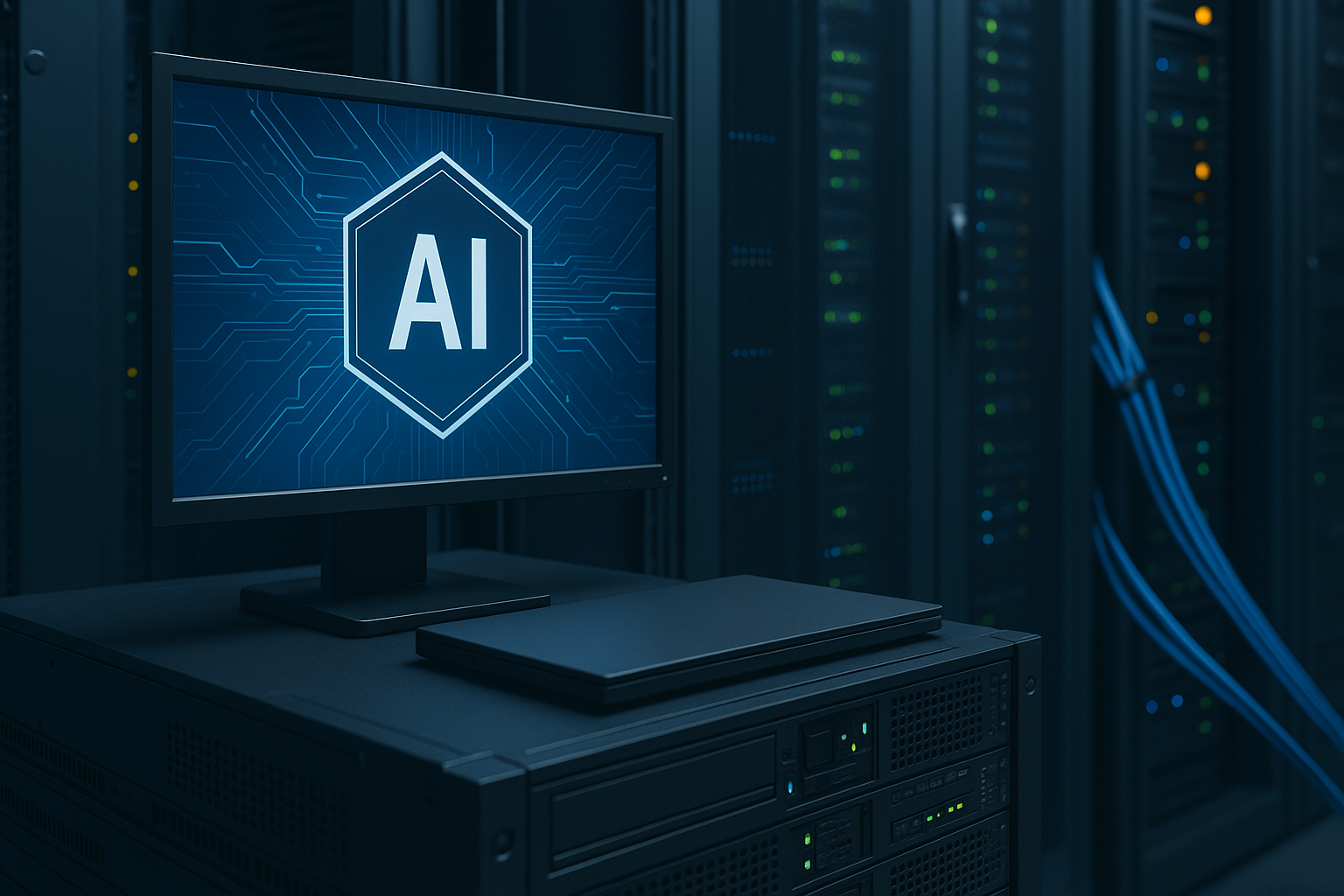
The launch of Red Hat AI 3 underscores a broader trend in the AI landscape: the shift from AI experimentation to operational AI. For the past several years, many companies have been focused on experimenting with AI, exploring different models, and conducting proof-of-concept projects. Now, the challenge is to integrate AI into core business processes and deploy it at scale within the corporate infrastructure. This requires a robust and reliable platform that can handle the demands of production environments. Red Hat AI 3 aims to provide that platform, offering features such as centralized management, automated deployment, and continuous monitoring. As enterprises look to harness the full potential of AI, platforms like Red Hat AI 3 will be instrumental in bridging the gap between experimentation and widespread adoption, enabling businesses to realize tangible returns on their AI investments. This is where the real AI revolution begins – when AI becomes an integral part of day-to-day operations, driving innovation and efficiency across the board. To stay ahead of these trends, keeping up with AI News becomes crucial.
OpenAI's Monetization and Moderation Challenges
Even as OpenAI continues to innovate and push the boundaries of AI, the company faces significant hurdles in its quest for long-term sustainability. Two critical areas demand attention: effectively monetizing its widely used AI models and navigating the complex landscape of content moderation.
The Monetization Maze
While ChatGPT has captured the imagination of millions, converting this massive user base into paying customers is proving to be a formidable challenge. The economics of generative AI are simply difficult to sustain. The computational resources required to power these models are substantial, leading to high operational costs. Furthermore, as users become accustomed to free access, convincing them to pay for premium features or increased usage can be an uphill battle. OpenAI must strategically balance offering compelling premium services with maintaining accessibility for a broad audience. This could involve tiered pricing plans, exclusive features for paying subscribers, or enterprise-level solutions tailored to specific business needs. Without a robust and scalable monetization strategy, even the most groundbreaking AI technologies risk becoming unsustainable.
Content Governance and the Trust Factor
Beyond financial considerations, OpenAI faces ongoing scrutiny regarding its content governance policies. Generative AI models, by their very nature, can be exploited to create malicious content, spread misinformation, or even generate harmful deepfakes. The debate over how to effectively moderate AI-generated content is far from settled. Stricter controls risk stifling creativity and innovation, while lax oversight could erode user trust and expose the company to legal liabilities. OpenAI must strike a delicate balance between protecting users from harmful content and preserving the open, creative potential of its AI models. Clear, transparent, and consistently enforced content policies are essential for building user trust and maintaining legal stability. Additionally, OpenAI may need to invest in advanced AI-powered moderation tools to detect and remove harmful content more effectively.
Addressing these monetization and moderation challenges is crucial for OpenAI's long-term viability and the responsible development of AI as a whole. The choices the company makes in these areas will not only shape its own future but also influence the broader AI landscape, impacting user trust, ethical considerations, and the overall trajectory of AI innovation. As AI becomes increasingly integrated into our daily lives, navigating these complexities will be essential for unlocking its full potential while mitigating its inherent risks. The path forward requires a commitment to both financial sustainability and ethical responsibility.
AI Fuels Market Surge: Investor Confidence in Chips and Models
The AI revolution isn't just transforming technology; it's sending ripples through the financial markets, igniting a surge in investor confidence and fueling a powerful tech rally. The beneficiaries? Companies deeply embedded in the AI ecosystem, particularly those involved in chips and AI models. It's a bull market driven by algorithms and silicon.
AI Stocks Soar: The Leaders of the Pack
The market's enthusiasm is palpable. Leading the charge are companies like Nvidia, whose cutting-edge GPUs are the backbone of AI infrastructure. The demand for their chips is insatiable, driving their stock price to new heights. Similarly, AMD, another major player in the semiconductor industry, has seen significant gains as they compete to provide the processing power necessary for increasingly complex AI models. But it's not just hardware; software and analytics firms are also riding the wave. Consider Palantir, known for its AI-powered data analytics platform, is experiencing renewed investor interest. Even cybersecurity firms like SentinelOne, which leverages AI to detect and respond to threats, are seeing their stock prices climb, showcasing AI's pervasive influence across diverse sectors.
The Engine Behind the Momentum
What's driving this market frenzy? It's a confluence of factors, but the primary catalyst is the accelerating corporate adoption of AI. Businesses across all industries are realizing that AI isn't just a futuristic buzzword – it's a practical tool that can enhance efficiency, drive innovation, and create a competitive edge. This realization is translating into massive investments in AI infrastructure, software, and talent, further driving demand for the products and services offered by companies like Google Cloud AI and Azure Machine Learning. Furthermore, national research and development incentives are playing a crucial role. Governments worldwide are recognizing the strategic importance of AI and are pouring billions of dollars into research, infrastructure, and education initiatives. These initiatives are designed to foster AI innovation and ensure that their respective countries remain competitive in the global AI race. All of these factors combine for a powerful wave of AI investment.
The Future is Intelligent
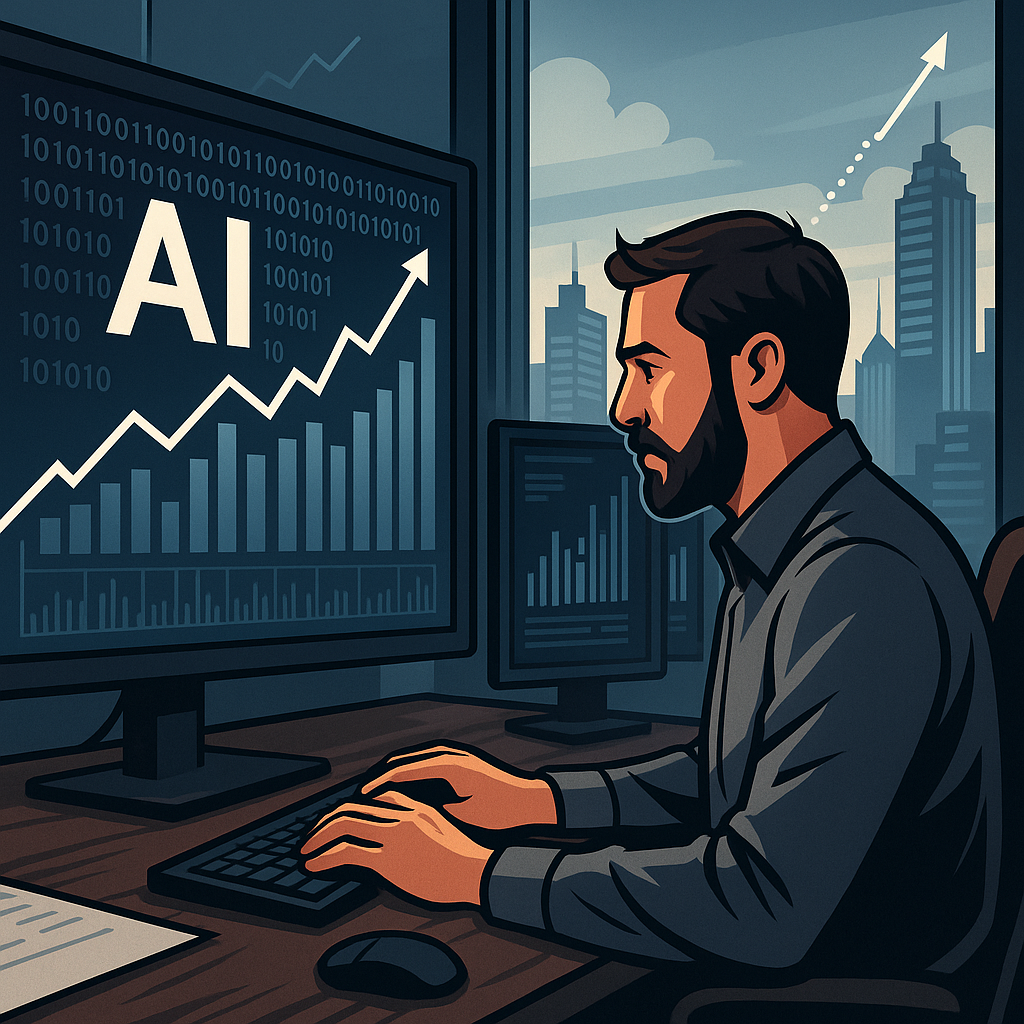
As AI continues to mature and its applications become more widespread, the market's enthusiasm is unlikely to wane anytime soon. The GPU demand continues to surge, and this trend is expected to continue as AI models become more sophisticated. While market corrections are always possible, the long-term outlook for AI-related stocks remains exceptionally bright, promising significant opportunities for investors willing to embrace the future of intelligent technologies. Keeping an eye on the latest from AI News is essential to staying ahead of the curve in this fast-evolving landscape.
Salesforce and OpenAI: Deepening Enterprise Automation
The enterprise landscape is rapidly transforming, and at the forefront of this shift is the deepening alliance between Salesforce and OpenAI, promising a new era of automation and intelligence. Salesforce, positioning itself as an "AI-first" enterprise cloud provider, is significantly expanding its partnership with OpenAI to weave generative workflows directly into its Einstein 1 platform.
Bringing GPT-Based Reasoning to the Enterprise
This collaboration is more than just an integration; it's about embedding secure GPT-based reasoning into the very fabric of enterprise operations. Imagine a world where customer relationship management (CRM) is not just about data entry and tracking, but about intelligent insights and automated actions. By leveraging OpenAI's powerful language models, Salesforce's Einstein 1 Platform aims to provide businesses with the tools they need to understand customer needs, predict future behavior, and personalize interactions at scale. Think of it as giving every salesperson, marketer, and service agent the power of a data scientist and a creative copywriter, all in one.
Consider the implications for a marketing team: Instead of manually crafting email campaigns, they could use generative AI to create personalized messages tailored to each customer segment, dramatically increasing engagement and conversion rates. Similarly, a customer service agent could instantly summarize a complex customer issue and generate a tailored solution, improving both efficiency and customer satisfaction. The possibilities are vast, and Salesforce is betting big that this integration will be a game-changer for its enterprise clients.
The Secure Foundation
Security remains a paramount concern, especially when dealing with sensitive customer data. Salesforce emphasizes that the integration will adhere to the highest security standards, ensuring that customer data remains protected and compliant with industry regulations. This commitment to security is critical for building trust and encouraging widespread adoption of these AI-powered capabilities.
Ultimately, the enhanced partnership between Salesforce and OpenAI represents a significant step toward democratizing access to advanced AI capabilities within the enterprise. By making GPT-based reasoning accessible within a secure and trusted platform, Salesforce is empowering businesses to unlock new levels of efficiency, personalization, and innovation. The integration of AI into CRM systems promises a future where businesses can build deeper, more meaningful relationships with their customers, driving growth and success in an increasingly competitive landscape. This move underscores the growing importance of AI in marketing and sales, hinting at a future where AI is not just a tool, but a core component of business strategy.
Apple's M5 Chip: Redefining On-Device AI Performance
Apple is making a bold move to redefine on-device AI performance with its new M5 chip, setting the stage for a future where AI processing happens right on your devices, rather than relying solely on the cloud.
M5 Chip: A Leap in GPU Compute
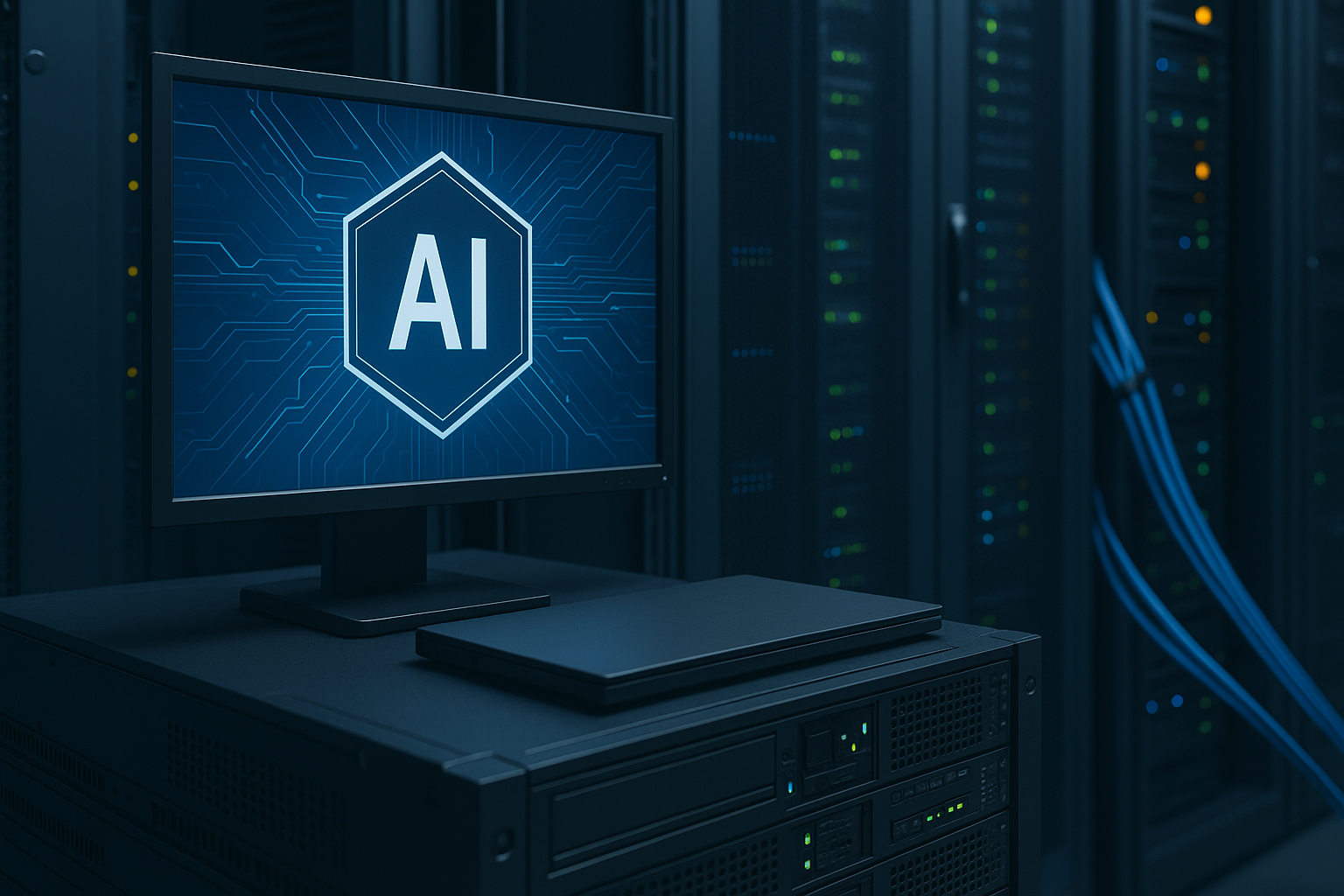
The heart of Apple's AI strategy lies in the M5 silicon, which boasts significant improvements in GPU compute performance. This isn't just a minor upgrade; it's a substantial leap forward, allowing for more complex AI models to run efficiently and effectively on Apple devices. The enhanced GPU acts as a powerful engine for tasks like image recognition, natural language processing, and even advanced creative applications. We can expect to see these capabilities showcased in upcoming flagship products. Think faster video editing, more responsive AI assistants, and immersive augmented reality experiences, all powered by the M5's increased processing prowess.
Powering the Apple Ecosystem
This new chip is slated to power a range of Apple's premium devices, including the next generation of MacBook Pro and iPad Pro models. Imagine a MacBook Pro that can handle complex machine learning tasks without breaking a sweat, or an iPad Pro that can create stunning, AI-generated art on the fly. Perhaps most excitingly, the M5 is expected to be a key component in future iterations of the Vision Pro, Apple's mixed reality headset. By integrating powerful on-device AI capabilities, Apple aims to create a truly immersive and seamless user experience, where AI enhances every interaction within the virtual world.
Closing the Gap: On-Device AI Dominance
Apple's strategic intention is clear: to dominate the realm of on-device AI performance. By pushing the boundaries of what's possible with silicon, Apple aims to close the gap between cloud and edge computing. This means less reliance on internet connectivity for AI-driven tasks, enhanced privacy as data stays on the device, and reduced latency for real-time applications. It's a move that not only improves user experience but also opens up new possibilities for AI innovation. As AI continues to evolve, having powerful neural accelerators directly on our devices will become increasingly crucial, and Apple is positioning itself to lead the charge. This move is aligned with the trends discussed in AI News, signaling a shift towards more localized and efficient AI processing.
The Future of AI: Efficiency, Ethics, and Decentralization
As we stand on the precipice of an AI-dominated future, it's clear that the trajectory of this technology is being shaped by forces pulling in seemingly opposite directions, setting the stage for an era defined by efficiency, ethics, and decentralization. This complex interplay will determine not just what AI can do, but how it's deployed, managed, and ultimately, impacts society.
The Dual Nature of AI Development: Consolidation and Diversification
The AI landscape is simultaneously consolidating among tech behemoths like Microsoft and Google, while also diversifying through the rise of open-source initiatives and the proliferation of enterprise platforms. On one hand, we see major players doubling down on proprietary models, integrating them deeply into their existing ecosystems. For example, Microsoft's aggressive Microsoft Copilot integration across its suite of products demonstrates a push towards a unified, AI-powered experience. These tech giants possess the resources to develop cutting-edge AI like Google Gemini, and they are fiercely competing to establish themselves as leaders in the field.
Conversely, we're witnessing an explosion of open-source AI models and tools. Platforms like Hugging Face are democratizing access to AI, empowering smaller companies, researchers, and individual developers to build and customize AI solutions without the massive capital investment required to train models from scratch. Furthermore, enterprise AI platforms are enabling businesses to tailor AI to their specific needs, fostering innovation across industries. This diversification is crucial for preventing a winner-take-all scenario and ensuring that AI benefits a broader range of stakeholders. You can even find resources at Google AI for Developers.
The Next Competitive Frontier: Efficiency and Ethics
As AI becomes more pervasive, the next battleground for supremacy won't just be about raw power or the size of a model. Instead, it will center on the efficient and ethical AI deployment of intelligence at scale. Companies will need to optimize their AI algorithms to minimize resource consumption, reduce latency, and improve overall performance. This push for AI efficiency will drive innovation in hardware, software, and model architecture.
However, efficiency cannot come at the expense of ethics. Concerns around bias, fairness, transparency, and accountability are growing, and organizations that fail to address these issues risk reputational damage, regulatory scrutiny, and ultimately, a loss of public trust. Embracing Ethical AI principles will become a competitive differentiator, as consumers and businesses alike demand AI solutions that are aligned with their values. Frameworks like Stanford's ethical AI framework are crucial in guiding responsible innovation.
The Promise of Decentralized AI
Beyond the centralized control of tech giants and the democratization of open-source, lies the potential for Decentralized AI. This emerging paradigm envisions AI systems that are distributed across multiple nodes, enabling greater privacy, security, and resilience. Imagine AI models trained on decentralized data sets, without the need to aggregate sensitive information in a central location. Or AI-powered applications that operate independently of any single authority, fostering greater autonomy and user control. While still in its early stages, decentralized AI holds the promise of unlocking new levels of innovation and empowering individuals in the age of intelligent machines.
In conclusion, the Future of AI is not predetermined. It will be shaped by the choices we make today, as we navigate the complex interplay of consolidation and diversification, efficiency and ethics, and centralization and decentralization. By prioritizing responsible innovation, fostering collaboration, and empowering individuals, we can harness the transformative power of AI for the benefit of all.
🎧 Listen to the Podcast
Hear us discuss this topic in more detail on our latest podcast episode: https://open.spotify.com/episode/6RwOgLW72yj0iEqaDEVSwG?si=x3v-it5NQGC8NqNSSknppw
Keywords: AI, Artificial Intelligence, Machine Learning, Deep Learning, Generative AI, AI trends, Enterprise AI, AI adoption, AI investment, AI ethics, AI deployment, DeepMind fusion, Microsoft Copilot, Red Hat AI 3, Apple M5 chip
Hashtags: #AI #ArtificialIntelligence #MachineLearning #DeepLearning #TechNews
For more AI insights and tool reviews, visit our website https://best-ai-tools.org, and follow us on our social media channels!
Website: https://best-ai-tools.org
X (Twitter): https://x.com/bitautor36935
Instagram: https://www.instagram.com/bestaitoolsorg
Telegram: https://t.me/BestAIToolsCommunity
Medium: https://medium.com/@bitautor.de
Spotify: https://creators.spotify.com/pod/profile/bestaitools
Facebook: https://www.facebook.com/profile.php?id=61577063078524
YouTube: https://www.youtube.com/@BitAutor
Recommended AI tools
StockCake
Image Generation
Baking the perfect stock analysis for you
StockStory
Data Analytics
Uncover the narrative behind the numbers.
AInvest
Data Analytics
Empowering your investment decisions with AI
EarnBetter
Productivity & Collaboration
Maximize Your Earnings with EarnBetter
Intapp DealCloud
Data Analytics
Find, win, and execute more business with Intapp DealCloud
Jump | AI for Financial Advisors
Productivity & Collaboration
The #1 AI assistant for financial advisors


